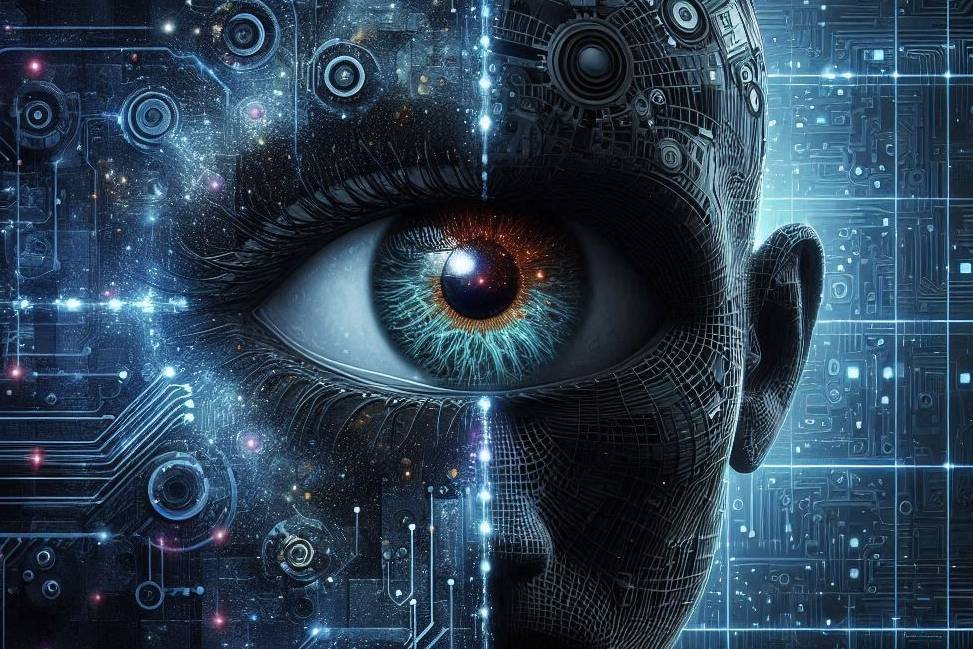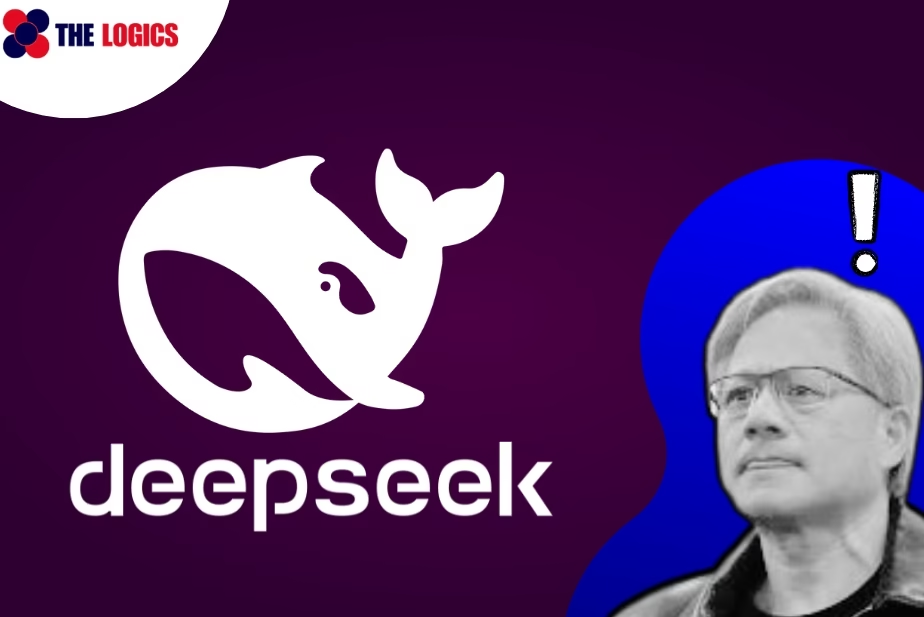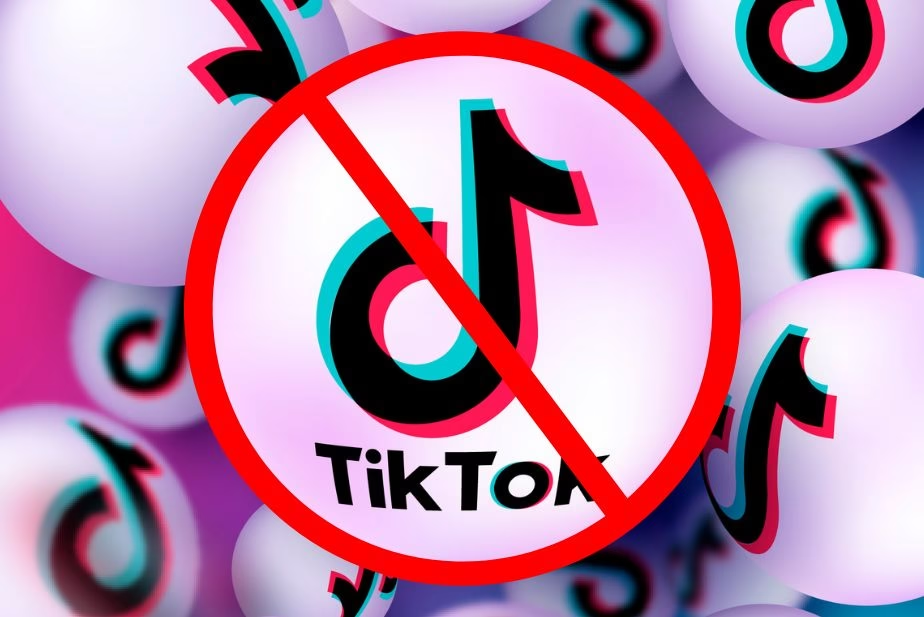The Dark Reality of AI involves deeper challenges that go beyond mere technical advancements. Have you ever felt the fear of losing your job to automation? Worried that someone more tech-savvy might outpace you by leveraging cutting-edge technology like generative AI techniques? The rapid rise of Artificial Intelligence (AI) has sparked these concerns and more. While AI promises remarkable advancements and conveniences, it also have a darker side that poses significant threats to our society. From the spread of fake news and the creation of deep fakes to the potential for AI-powered cyberattacks, the reality of AI is a double-edged sword. This article explores these dangers, uncovering the alarming truth about AI’s capabilities and their profound implications.
Table of Contents
Is AI a Real Danger?
The notion of AI as a real danger is no longer limited to science fiction. Yeah, it’s not like Terminator destroying the Earth or the Matrix movie-like threat, but something intangible. As AI systems become more sophisticated, they present tangible risks that can impact various aspects of our lives. One of the primary concerns is the potential loss of jobs due to automation.
According to a report by McKinsey Global Institute, by 2030, automation could displace between 400 million and 800 million jobs globally. While AI can increase efficiency and productivity, it can also replace human labor, leading to unemployment and economic instability.
Moreover, AI can be exploited for malicious purposes. Hackers and cybercriminals can leverage AI to create more advanced and undetectable malware, conduct sophisticated cyberattacks, and invade privacy. The ability of AI to learn and adapt makes it a intimidating tool in the hands of those with malicious intent.


Fake News
One of the most alarming uses of AI is its role in the creation and widespread of fake news. AI algorithms can generate and spread false information at an unprecedented scale and speed, amplifying misinformation and propaganda. According to a study by MIT, fake news spreads six times faster on Twitter than true news. This can manipulate public opinion, influence elections, and cause societal discord.
AI-powered bots can flood social media platforms with fake news, making it difficult for users to find out the truth from fiction. These bots can mimic human behavior, engage in conversations, and spread misinformation convincingly. The consequences are far-reaching, eroding trust in media and undermining democratic processes.


Deep Fake
Deep fake technology is another area where AI poses significant dangers. Deep fakes are hyper-realistic, digitally manipulated videos or audio recordings that can make it appear as if someone is saying or doing something they never did. These creations can be used to spread false information, defame individuals, and even blackmail. According to Deeptrace, the number of deep fake videos online nearly doubled from 7,964 in 2019 to 14,678 in 2020.
The ability to create convincing deep fakes has serious implications for personal and national security. Imagine a deep fake video of a political leader making inflammatory statements. Such a video could incite violence, disrupt diplomatic relations, or manipulate financial markets. The potential for harm is immense, and the tools to create these deep fakes are becoming more accessible.


Is Deep Fake AI Illegal?
The legality of deep fake AI is a complex issue. While some jurisdictions have enacted laws to criminalize the creation and distribution of malicious deep fakes, the legal landscape is still evolving. In many places, existing laws on fraud, defamation, and identity theft can be applied to deep fake cases.
However, enforcing these laws can be challenging. The anonymity provided by the internet makes it difficult to trace the origin of deep fakes, and the global nature of the internet means that jurisdictional issues can arise. As the technology continues to advance, lawmakers and legal systems will need to adapt to address the unique challenges posed by deep fake AI.
How a Phisher Can Utilize AI for Phishing
Phishing attacks have become more sophisticated with the advent of AI. Phishers can use AI to craft highly personalized and convincing phishing emails that are tailored to the recipient’s interests, habits, and behaviors. By analyzing vast amounts of data, AI can identify patterns and create messages that are more likely to deceive the target. According to Verizon’s 2021 Data Breach Investigations Report, 36% of data breaches involved phishing.
AI can also be used to automate phishing attacks, sending out thousands of emails in a short period. This increases the chances of success and makes it harder for security systems to detect and block these attacks. The use of AI in phishing not only enhances the effectiveness of these attacks but also lowers the barrier to entry for cybercriminals.


What Did Elon Musk Say About AI?
Elon Musk, the CEO of Tesla and SpaceX, has been vocal about the potential dangers of AI. He has described AI as “the biggest existential threat” to humanity and has called for proactive regulation to ensure that AI development is conducted safely and ethically. Musk has also warned about the potential for AI to become more intelligent than humans, leading to scenarios where AI could potentially act against human interests.
Musk’s concerns are echoed by other tech leaders and researchers who believe that without proper oversight, AI could lead to unintended and potentially catastrophic consequences. His advocacy for caution and regulation highlights the need for a balanced approach to AI development, one that maximizes its benefits while minimizing its risks.


What Is the Extent of AI?
The extent of AI’s capabilities is vast and ever-expanding. AI is already embedded in various sectors, from healthcare and finance to transportation and entertainment. In healthcare, AI is being used to diagnose diseases, develop personalized treatment plans, and even assist in surgeries. In finance, AI algorithms can predict market trends, manage investments, and detect fraudulent activities.
AI is also revolutionizing the transportation industry with the development of autonomous vehicles. These self-driving cars have the potential to reduce accidents, improve traffic flow, and provide mobility to those unable to drive. According to Allied Market Research, the autonomous vehicle market is expected to reach at $60.3 billion in 2025, and is projected to reach $448.6 billion by 2035, growing at a CAGR of 22.2%. In entertainment, AI is used to create realistic special effects, recommend content, and even compose music.
However, with these advancements come ethical and societal challenges. The integration of AI into daily life raises questions about privacy, security, and the potential for misuse. As AI continues to evolve, it is crucial to consider the implications and ensure that its development is guided by ethical principles.
The AI Will Not Take Your Job; The Person Who Uses AI Will
A common fear is that AI will replace human jobs, but a more accurate statement might be that people who use AI effectively will replace those who do not. AI is a tool, and like any tool, its value depends on how it is used. Those who learn to harness AI to enhance their productivity, decision-making, and creativity will have a significant advantage in the job market.
Generative AI, a subset of AI that creates new content such as text, images, and music, is particularly noteworthy. This technology can be used to automate content creation, generate new ideas, and streamline creative processes. For instance, in the marketing industry, generative AI can create personalized advertisements and social media posts, allowing marketers to reach their target audience more effectively.
In fields like finance and data analysis, AI can process vast amounts of data to identify trends, generate insights, and optimize strategies. Professionals who leverage AI can work more efficiently and make better-informed decisions than those who do not. The key is not to fear AI but to embrace it as a means to augment human capabilities.
Generative AI also opens up new possibilities for innovation. By using AI to generate prototypes, designs, or even entire products, companies can accelerate their development cycles and bring new solutions to market faster. The ability to harness AI’s creative potential can set individuals and businesses apart in an increasingly competitive landscape.
Ultimately, the focus should be on integrating AI into our workflows to complement and enhance human skills. Those who adapt and learn to collaborate with AI will thrive, while those who resist may find themselves left behind.


Are Humans Mature Enough to Use Cutting-Edge Tech Like AI?
The question of whether humans are mature enough to handle cutting-edge technology like AI arising. While AI offers immense potential for positive impact, it also requires responsible stewardship. The rapid pace of AI development has outstripped the establishment of comprehensive ethical guidelines and regulatory frameworks.
Ensuring that AI is used ethically and responsibly involves addressing issues such as bias in AI algorithms, the transparency of AI decision-making processes, and the protection of privacy. Education and awareness are also critical, as individuals and organizations need to understand the potential risks and benefits of AI.
Moreover, collaboration between governments, industry, and academia is essential to create a balanced approach to AI governance. By working together, we can harness the power of AI while mitigating its risks and ensuring that it serves the greater good.


Conclusion
The dark reality of AI is a complex and multifaceted issue. While AI has the potential to drive significant progress and innovation, it also poses substantial risks that cannot be ignored. From fake news and deep fakes to the potential for AI to be used in cyberattacks and phishing, the dangers are real and present.
Addressing these challenges requires a concerted effort to develop robust ethical guidelines, implement effective regulations, and foster a culture of responsible AI development. By doing so, we can ensure that AI continues to be a force for good while safeguarding against its darker implications. The future of AI is in our hands, and it is up to us to navigate its complexities wisely.




